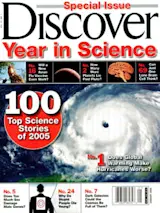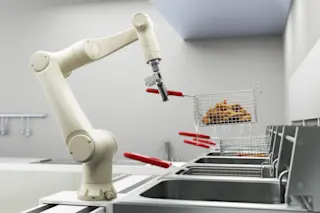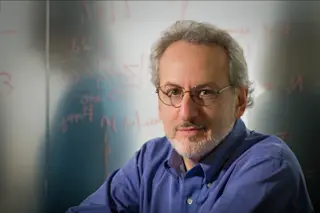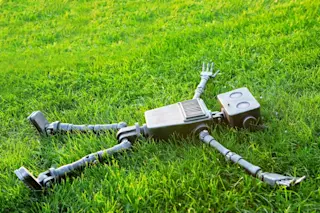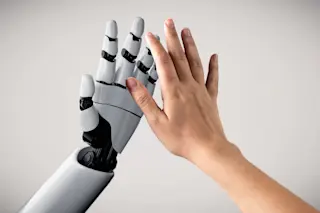Carbon Nanotubes Burst Out of the Lab
Fourteen years after the discovery of the pencil-shaped molecules called carbon nanotubes, scientists are finally learning to exploit their remarkable properties. Nanotubes are nine times as strong as steel and can transmit 1,000 times as much electrical current as copper, but they are difficult to manipulate because each tube is just 1/350,000 as wide as the period at the end of this sentence.
In August Ray Baughman at the University of Texas in Dallas and his colleagues reported a way to weave nanotubes into usefully large material. With the help of Australian wool spinners, researchers had already developed a method to twist the tubes into long fibers. Expanding on that work, the Texas group created sheets of nanotubes so thin that an acre of the material weighs just a quarter of a pound. The sheets are good electrical conductors; they can also withstand ...



